Xifaxan, also known by its generic name Rifaximin, belongs to a class of antibiotics specifically designed to target bacteria in the gut. Unlike traditional antibiotics absorbed into the bloodstream, Xifaxan remains in the gastrointestinal tract. This unique property allows it to effectively combat bacterial overgrowth and infections within the intestine without significantly affecting other body parts.
Let’s delve into this blog and learn what makes Xifaxan significant, how it works, foods to avoid while taking Xifaxan, and its impact on patients’ lives.
What is Xifaxan used for?

Xifaxan is primarily used for the treatment of two main conditions:
- Traveler’s Diarrhea: Xifaxan treats traveler’s diarrhea caused by specific bacteria, typically encountered in regions with poor sanitation. It helps by targeting and eliminating the bacteria responsible for the diarrhea, thereby reducing the duration and severity of symptoms.
- Irritable Bowel Syndrome with Diarrhea (IBS-D): Xifaxan is also used for some cases of IBS-D where bacterial overgrowth in the small intestine is believed to contribute to symptoms. It helps alleviate symptoms such as abdominal pain and diarrhea by targeting and rebalancing the gut microbiome.
Xifaxan with or without food:
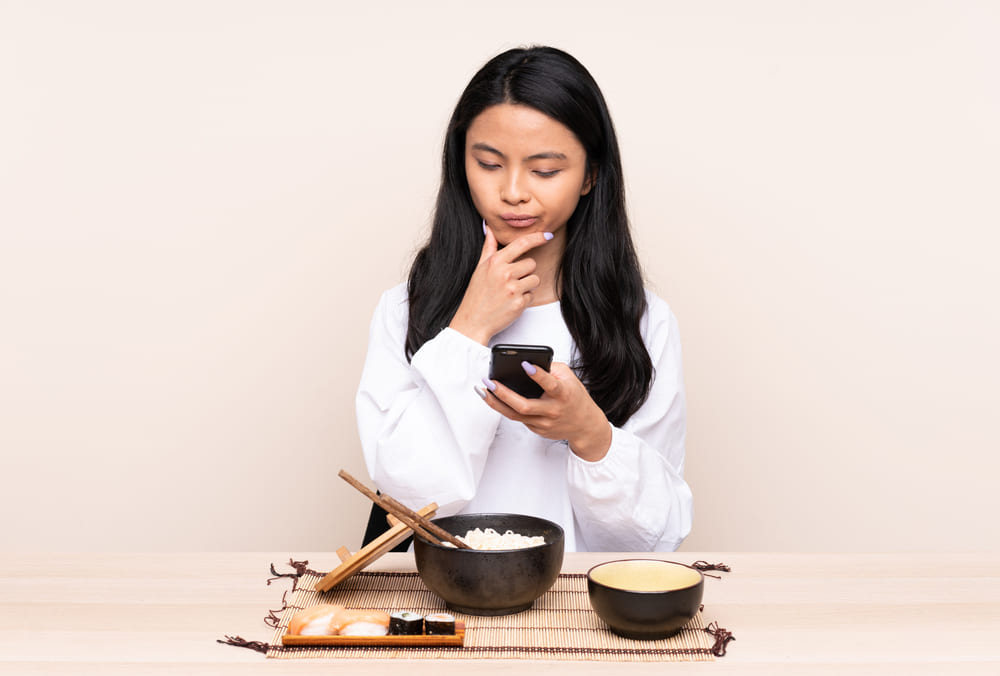
One of the advantages of Xifaxan is its versatility in administration. Unlike some medications that require precise timing with meals, Xifaxan can be taken with or without food. This flexibility is due to its minimal absorption into the bloodstream, focusing its effects directly in the gastrointestinal tract where it’s needed most. This means patients can adhere to their treatment regimen conveniently, integrating Xifaxan into their daily routine without the constraints of meal timing.
Practical Considerations: For patients managing traveler’s diarrhea, having the option to take Xifaxan with or without food can be especially beneficial. Travel schedules and meal times can vary significantly, and the ability to maintain consistent treatment without strict dietary restrictions and foods to avoid while taking Xifaxan enhances compliance and effectiveness. Similarly, for individuals dealing with the chronic symptoms of IBS-D, such flexibility supports a more manageable approach to treatment, fitting into their lifestyle seamlessly.
Healthcare Provider Guidance: While Xifaxan’s flexibility in food intake is advantageous, patients need to follow the guidance of their healthcare providers. Dosage instructions and specific recommendations may vary based on individual health conditions and treatment goals. Consulting with a healthcare professional ensures that Xifaxan is used effectively and safely, optimizing outcomes for each patient.
Foods to eat while taking Xifaxan:
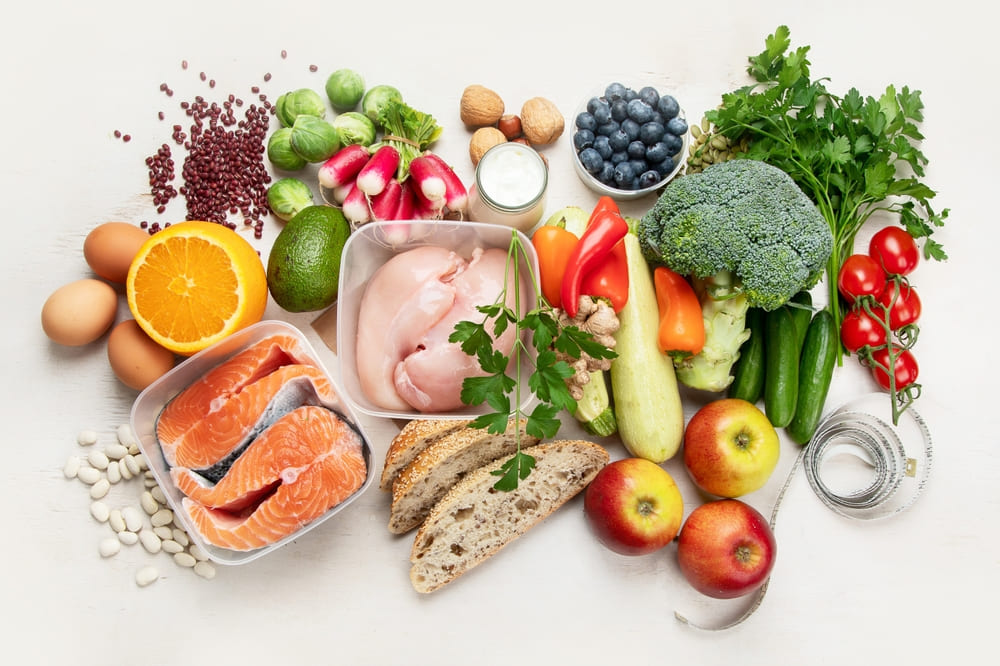
Here are some recommended foods to consider while taking Xifaxan:
- Probiotic-rich foods: Incorporating probiotics can help promote a healthy balance of gut bacteria. Probiotic-rich foods include kombucha, kefir, sauerkraut, kimchi, and yogurt with live organisms.
- Fiber-rich foods: Fiber promotes digestive health by promoting regular bowel movements and maintaining diversity of gut flora. Choosing whole grains such as oats, brown rice, quinoa, and whole wheat bread. Fruits such as apples, berries, oranges, and vegetables like broccoli, spinach, and carrots are also high in fiber.
- Lean proteins: Opt for lean proteins such as chicken, turkey, fish, and tofu. These provide essential nutrients without excess fat that may exacerbate gastrointestinal symptoms.
- Low-fat dairy: If tolerated well, low-fat dairy products like milk, cheese, and yogurt can provide calcium and protein. Choosing lactose-free options can be beneficial for those sensitive to lactose.
- Herbal teas: Drinking herbal teas like peppermint or ginger tea can help soothe the digestive system and alleviate discomfort.
- Healthy fats: Include sources of healthy fats such as avocados, nuts (like almonds and walnuts), seeds (such as chia and flax seeds), and olive oil. These fats support overall health and may aid in nutrient absorption.
- Hydration: Drinking enough water is essential for digestion and general health. To stay hydrated during the day, sip lots of water.
Foods to avoid while taking Xifaxan:
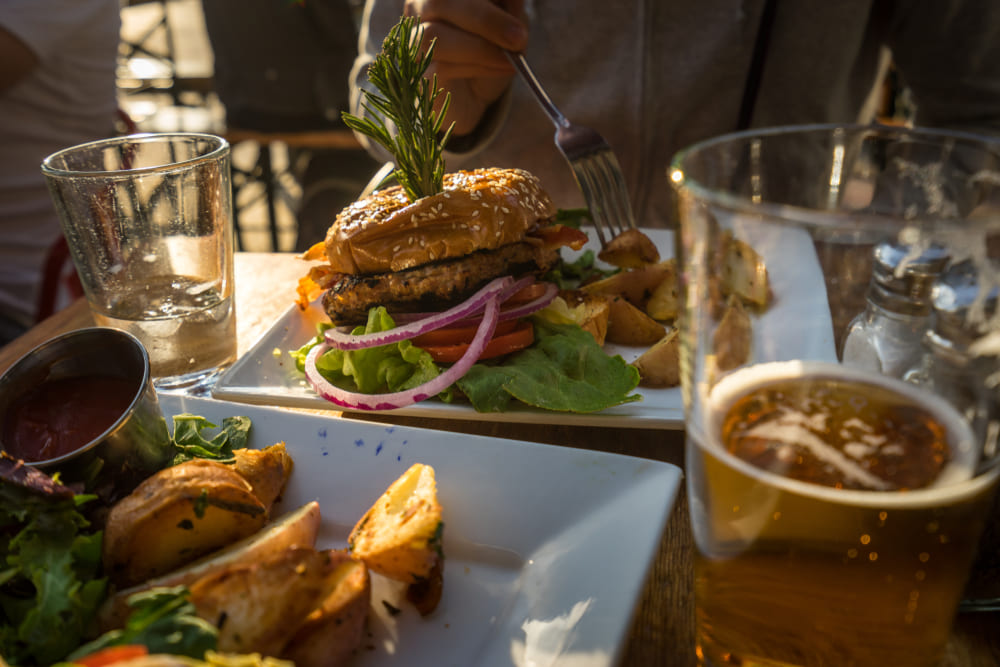
Here are some foods to avoid while taking Xifaxan:
- Highly processed foods: Foods that are highly processed, such as fast food, packaged snacks, and sugary treats, often contain additives and preservatives that can disrupt gut health and exacerbate digestive issues.
- High-fat foods: While healthy fats are beneficial, consuming excessive amounts of high-fat foods, especially fried and greasy foods, may worsen symptoms such as diarrhea or abdominal discomfort.
- Spicy foods: Foods high in spice have the potential to aggravate the digestive system and cause symptoms in certain people. It’s recommended to avoid or limit spicy dishes, including hot peppers, spicy sauces, and heavily seasoned foods.
- Dairy products (if lactose intolerant): If you have lactose intolerance or lactose sensitivity, dairy products such as milk, cheese, and ice cream can exacerbate gastrointestinal symptoms like gas, bloating, and diarrhea. Opt for lactose-free alternatives or dairy substitutes like almond milk or lactose-free yogurt.
- Alcohol: Alcohol can irritate the gastrointestinal tract and may interact with medications like Xifaxan. It’s generally recommended to avoid or limit alcohol consumption while undergoing treatment.
- Carbonated beverages: Carbonated drinks, including soda and sparkling water, can contribute to gas and bloating, which may be uncomfortable while taking Xifaxan. Choose still water or herbal teas as hydrating alternatives.
Endnote:
In conclusion, it’s essential to discuss dietary considerations with your healthcare provider, such as foods to avoid while taking Xifaxan, as individual responses to foods can vary based on specific health conditions and tolerances. They can provide personalized advice tailored to your needs and ensure that your diet supports optimal health and the effectiveness of Xifaxan treatment.
By being mindful of your diet and avoiding foods that may aggravate symptoms or interact with the medication, you can enhance the benefits of Xifaxan and promote overall digestive wellness during your treatment journey.
FAQs:
What should be the diet while taking Xifaxan for Sibo?
While taking Xifaxan for Small Intestinal Bacterial Overgrowth (SIBO), it’s recommended to follow a low-FODMAP diet. This involves avoiding fermentable carbohydrates that can exacerbate symptoms. Focus on easily digestible foods like cooked vegetables, lean proteins, and probiotic-rich options such as yogurt with live cultures. Stay hydrated and consult with a healthcare provider or dietitian for personalized guidance based on your specific needs and treatment plan.
What happens when you stop taking Xifaxan?
When you stop taking Xifaxan (Rifaximin), its effects gradually diminish as the medication is eliminated from your system. For conditions like traveler’s diarrhea or irritable bowel syndrome with diarrhea (IBS-D), symptoms may return if the underlying bacterial imbalance or infection persists or reoccurs. It’s important to follow your healthcare provider’s instructions regarding the duration of treatment to achieve optimal results and manage symptoms effectively.
Should I take a probiotic while taking Xifaxan?
Taking a probiotic while taking Xifaxan can be beneficial, especially if you’re treating conditions like Small Intestinal Bacterial Overgrowth (SIBO) or irritable bowel syndrome (IBS). Xifaxan targets bacterial overgrowth in the gut, and while it helps reduce harmful bacteria, it can also affect beneficial gut flora. Taking a probiotic containing beneficial bacteria strains during or after your course of Xifaxan can help replenish and maintain a healthy balance of gut bacteria.
Why is Xifaxan so expensive?
Xifaxan (Rifaximin) is expensive primarily due to factors such as its specialized use in treating conditions like traveler’s diarrhea and irritable bowel syndrome with diarrhea (IBS-D), limited competition from generic alternatives, high research and development costs, and the complexity of manufacturing and ensuring quality. These factors contribute to its higher Xifaxan cost.
Can you take Xifaxan with antibiotics?
Yes, Xifaxan is an antibiotic often prescribed alongside other antibiotics or as a standalone treatment, depending on the specific condition being treated. It is typically used to target bacterial overgrowth in the gastrointestinal tract for conditions like traveler’s diarrhea and irritable bowel syndrome with diarrhea (IBS-D). However, always follow your healthcare provider’s guidance about what foods to avoid while taking Xifaxan because it can help maintain a combination of medication with diet, and their timing to ensure the safety and effectiveness of treatment.
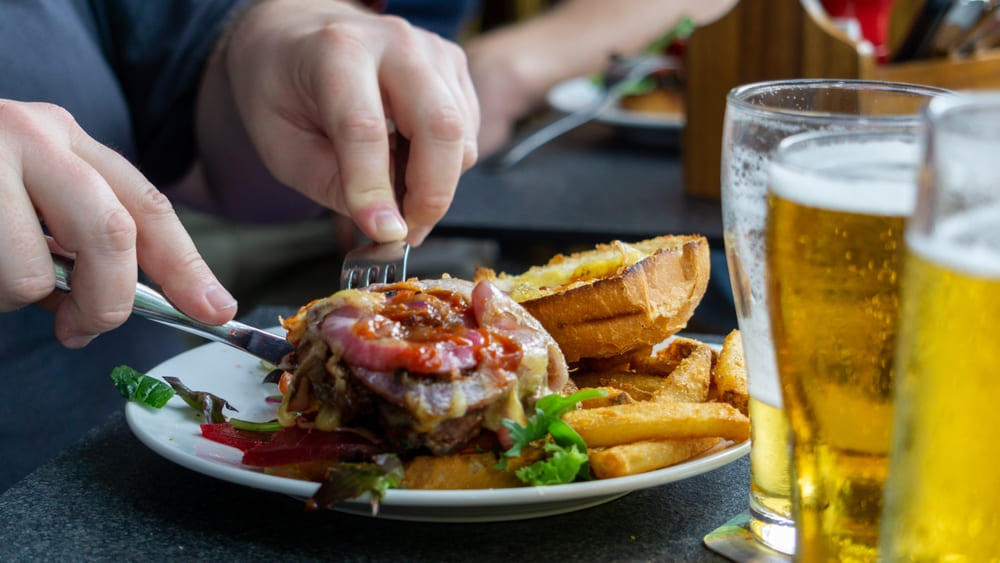

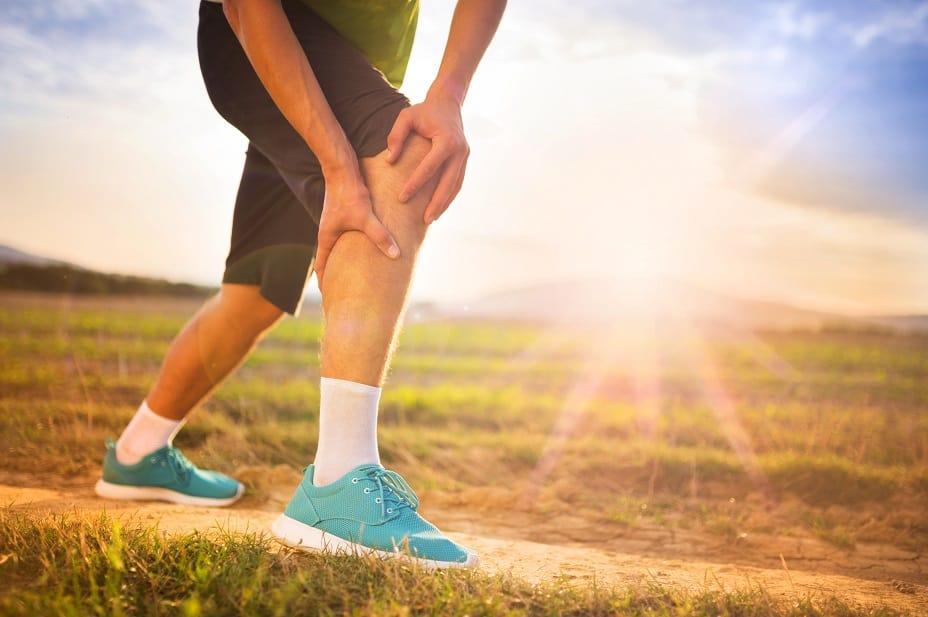
Pingback: Foods To Avoid While Taking Glipizide | Dietary Tips